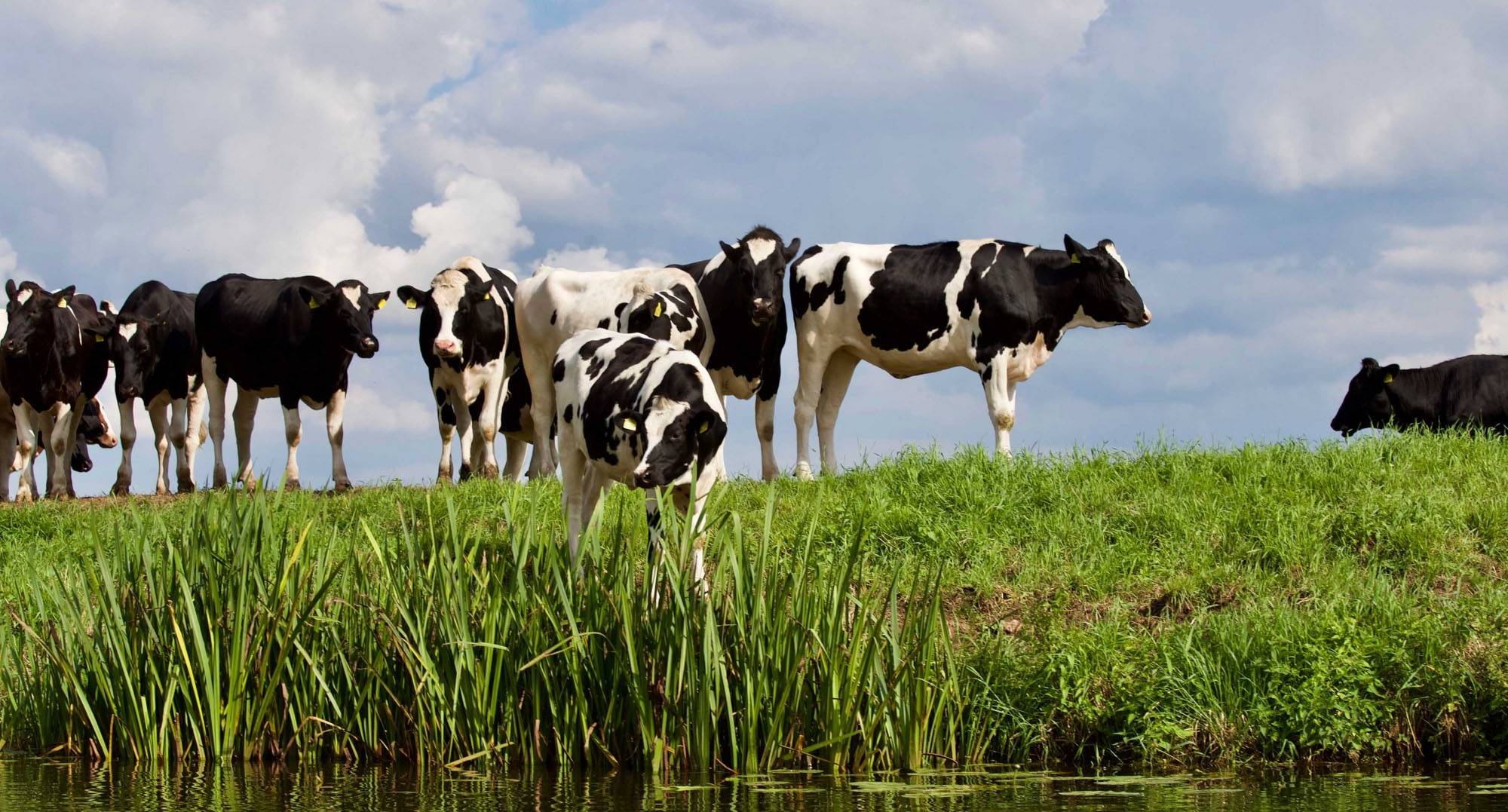Managing the Facial Eczema Risk
Fungus spores, responsible for Facial Eczema, grow quickly in warm moist conditions. This can be triggered by as little as 4 – 5mm of rain or heavy dew and 2 – 4 nights of grass temperatures of 12-13 ℃. However, a slow build-up of spores over a period of time will also result in similar risk levels.Monitoring your own spore levels is the most effective way to manage your Facial Eczema risk. Cut handfuls of grass at ground level in a random pattern throughout the paddock and place in a labelled shopping bag. Keep paddocks separate and labelled. Drop the samples into the vet centre for spore counting; this will cost $10 per sample with results usually available around an hour later.
Once “hot spots” are identified, a grazing management plan can be devised. Unprotected stock should not be grazed in hot spots. If at all possible, only graze paddocks with no or low counts. Supplementary feeds can be used when counts become too high; this will “water down” the feed intake with “safe fodder”.
Topping during summer will increase dead leaf matter which creates an ideal environment, so therefore should be avoided, also try to avoid grazing low.
As spore counts begin to consistently rise, make a decision on what level of risk you are prepared to take before treating stock. Watch out for prolonged periods of low to medium levels as sporidesmin, the toxins released by spores, is accumulative and once concentrations begin to rise so does the effects on the animal, in particular the liver.
The point at which you treat is your decision however we can tell you that 5,000 – 20,000 /g pasture is considered a low risk moving into 25,000 – 60,000 medium risk. High is considered to be 65,000 through to 95,000 and extreme from 100,000 up; at these levels stock should already be well into a zinc programme.
Losses associated with FE are often due to sub-clinical effects of the disease and go unnoticed at the time. Loss in production of meat, wool and milk due to FE often get blamed on other things because clinic signs were not noticed at FE time. In young cattle, survival to second lactation can be lowered by 10%, future milk yield decreases and mean body score can be reduced by up to 23%. A high proportion of animals may develop ketosis, stop eating, retain foetal membranes or not come into milk.
Trial work at AgResearch has shown that exposure to very low doses of sporidesmin immediately depressed milk yield by up to 25%. In young stock a trial on the effects of zinc dosing has demonstrated a weight advantage of 15kg over 3 months between treated animals with no liver damage and untreated animals with sub-clinical Facial Eczema.
Don’t wait until sub-clinical FE has caused liver damage in stock; monitor spore levels, ascertain risk, and treat in time.






